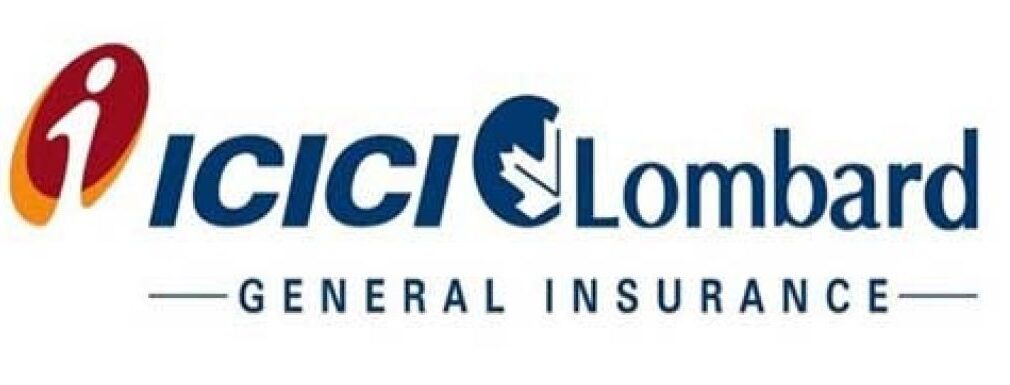Difference Between Multitap And Flexicap
Introduction: Julia is a rookie accountant who feels that, given her modest investable excess, a Flexi-cap or multi-cap fund would be a smart debut asset, providing her with experience in several equity market categories. For long-term investment returns, she does have the option of choosing between such a Flexi-cap fund and a multi-cap fund. She wants to take advantage of this chance to learn about the various investing strategies before making a decision.
What is Multicap Fund?
While multi-cap funds provide excellent diversity with the equities asset category, stock choosing may be difficult, notably in the small category, and the vulnerability can be costly throughout a market downturn.
What is Flexicap Fund?
Flexi-cap funds are committed to spending at least 65 percent of their investment in stocks, but market-cap exposure is unrestricted. This gives financial institutions unlimited flexibility in aligning their portfolios with their favorite sector depending on the market movements. Nevertheless, if the fund manager has been unable to accurately predict market developments, there might be a significant negative threat. The flexicap class of equity investments, but on the other hand, would invest at least 65 percent of their total holdings in stock funds, with no predetermined boundaries on how much access to big, mid, or small-cap portions of the market they should take.
Difference between flexicap and multicap fund.
The main difference between flexicap and multicap is that Multi-Cap funds have been around for a quite long time, but Flexi-Cap funds debuted the previous year in Nov 2020. Flexi-Cap funds are not forced to contribute at least of 25percent of the total of their assets in big and mid-small companies, as Multi-Cap funds are. “A flexicap investment is unrestricted in its opportunity to invest a component of its portfolio in just about any market cap.” A multicap fund, but on the other hand, must have at least 25% of its assets in big, mid, and small companies.
The idea of investing in Multi-Cap or Flexi-Cap plans should indeed be determined on your risk tolerance and entire portfolio development, not so much on the present market condition. There is no hard and fast guideline as to whether that is correct and which one is incorrect. Everything, in the end, is connected to the market. Before making a choice, the consumer or investor must grasp the individual’s objective viewpoint. To enjoy the benefits, link whatever fund you pick to your long-term aim depending on the fund owner’s long-term sustained success.
Do Flexi-cap funds have a distinct advantage when the market experiences a significant downturn?
“When it comes to multicap funds, participation to small and midcap firms must be less than 25%.” That implies that even though the market falls, the fund management is still required to make investments of 25% of the company’s equity, whereas Flexi cap funds are not required to do so. The investment manager might also go as low as 0%. In summary, the marketplace size of the firm in which a wealth manager invests is crucial for multi caps, while it is irrelevant for Flexi caps. According to Rachit Chawla, CEO and Founder of Finway FSC, “Flexi cap” indicates that the fund manager can deposit any percentage in just about any firm.
What are the options for established Multi-Cap venture capitalists?
Any long-term trader would be wise to put money into and keep money in a true MultiCap Fund that invests at least 25% of its assets in big, mid, and small market cap firms, as defined by the existing legislative criteria. There will also be times when small and midcaps do poorly, and that is the nature of the business, but anyone who stays engaged for 5-10 years will discover that tiny and midcap segments of the market have greater alpha possibilities, and as a result, MultiCap Funds will beat FlexiCap Funds.
How do multicap and flexicap get affected in the bull and bear period?
The bear period occurs when the economy is in a negative slide; midcap and small-cap equities are prone to suffer the most throughout this time. During this period, these stocks/companies may encounter extreme instability and low liquidity, making it difficult to exit investments. Flexi-cap investments can minimize their risk to small and mid-cap funds during this phase because they have the option to invest across market valuation. This might protect the fund against a steep decline.
When the marketplaces are rising and the economic outlook is favorable, it is said to be in the bull period. This is the time of year when mid-cap and small-cap equities climb quickly as well as provide exceptional gains. There is indeed a lot of flexibility, and these businesses don’t have a lot of restrictions.
Conclusion:
Understand how the fund perceives this freedom if it’s a flexicap fund. If the fund plans to favor a specific segment, such as big caps, with just some access to other categories based on market share prices? Is it planning to automatically adjust the portfolio’s exposure to diverse market categories based on predicted effectiveness? Or will it look for acceptable capital investments regardless of whether they are large, mid, or small-cap?
If investors are concerned about the fund manager’s ability to choose sector risk and would prefer a more controlled strategy with better visibility, they should look into the multicap category.
The rigor of the vulnerability that the categories must take, on the other hand, can create the fund worse.
FAQs:
What is multicap MF, and how does it work?
These are mutual funds that invest in equities of various market capitalizations. In another sense, they are unconcerned by market valuation. These funds use portfolio gyrations in response to market conditions.
Is it preferable to invest in a multicap or a midcap stock?
As a result, multi-cap funds are typically superior wealth generators in the long term than some other types of funds since they may take full advantage of investing possibilities throughout the market. Furthermore, long-term results from the multi-cap category are equivalent to those from the mid-cap group, which has lower volatility.





























